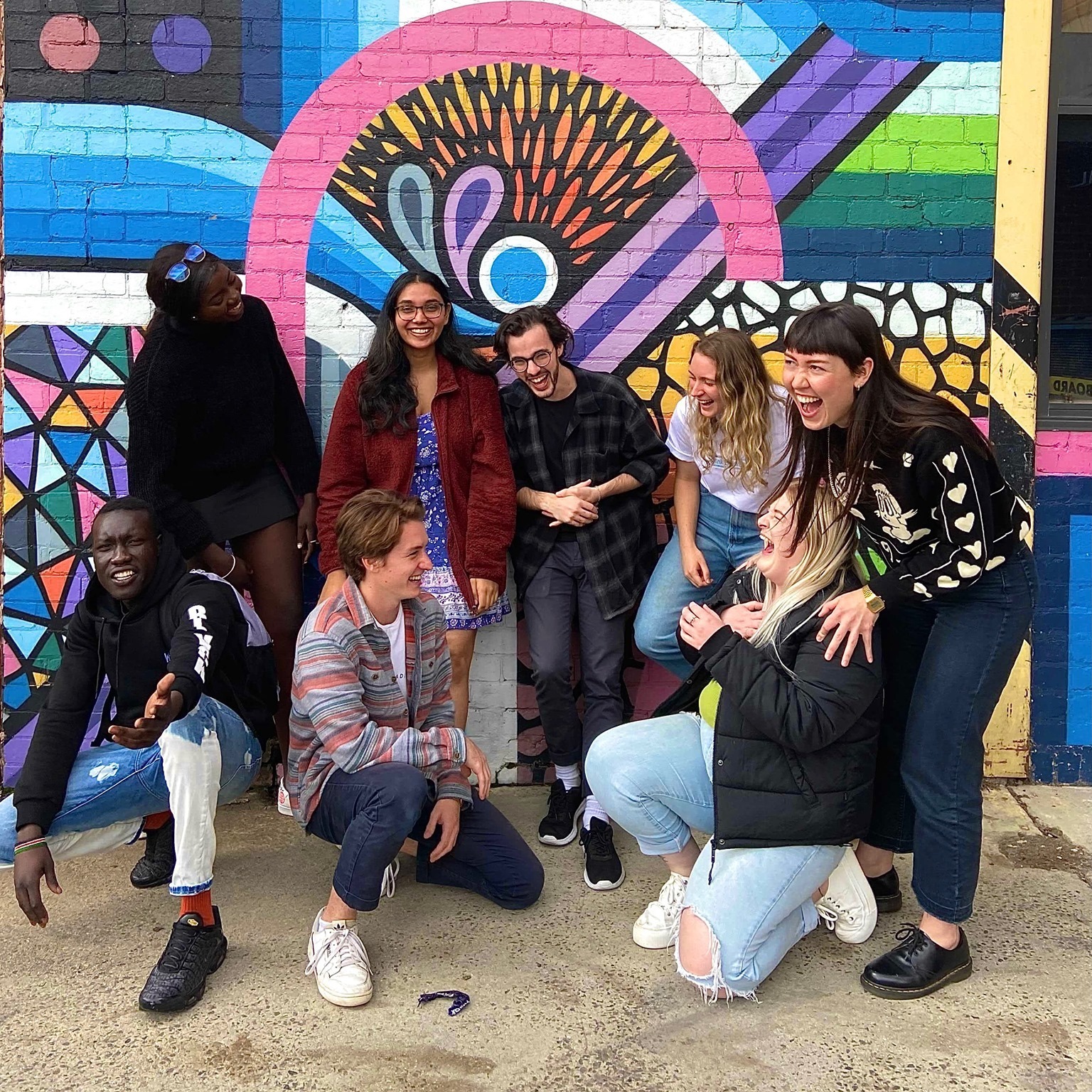Our top 5 strategies to re-establish social connection
Returning to in-person learning has revealed a concerning empathy gap for young people
Returning to in-person learning has revealed a concerning empathy gap for young people

After two years of interrupted learning we successfully navigated Term 1, but you wouldn’t be alone if you’ve observed that your students are feeling disconnected.
The full impacts caused by the global pandemic (and all of its associated interruptions) are only now becoming clear. Students who began this pandemic in Year 6 are now in Year 8, and students who were in Year 8 now find themselves in a Year 10 cohort. The natural bonds formed with in-person interaction in the classroom and on the oval have been interrupted.
After speaking to the educators from PROJECT ROCKIT’s Term 1 workshops a pattern was clear, educators reported a rise in students displaying a lack of empathy and respect to their peers.
These statistics are a serious concern for the immediate impacts on both academic and social class engagement for students. We know that young people who feel united with, and included by, their peers are more likely to participate in class conversations, contribute to discussions, feel valued and seen for who they are. This, of course, has a strong effect on their academic performance, their mental health and wellbeing and, you guessed it, their ability to connect with others who display support-seeking behaviour.
At PROJECT ROCKIT, we know educators are still trying to help students catch up from remote learning. Workloads are bigger than ever, and there’s a real risk for extensive burnout for both students and educators. We’ve got you. Here are some simple things you can do to make room for more connection in Term 2:
You can build trust with students and set a healthy example by being both realistic and honest about COVID-related uncertainty while also demonstrating a calmness and positive attitude towards the capacity and resilience of students. This could look like:
Scheduling regular moments that are purely for connection will foster connection between students over time. This could look like:
Students want to take action and have their voices heard, so use this as an opportunity to elevate your students’ voices. This could look like:
If you have the means to do this, collaborating with expert external providers aimed at supporting young people can elevate the connection of your cohort. Partnering with providers can also:
You can learn more about how PROJECT ROCKIT program presenters do this HERE
If things start to feel “normal” and your students are connecting with one another, that’s awesome! We love to see it. This isn’t where the work finishes though.
We’re still finding our way towards the ‘new normal’ and this is a pivotal moment to decide what kind of normal we want to create. Term 2 is an opportunity for school communities to come together and build a stronger foundation – afterall, it’s through connection and community that we grow and become our best selves.

Receive updates on programs, progress and impact.